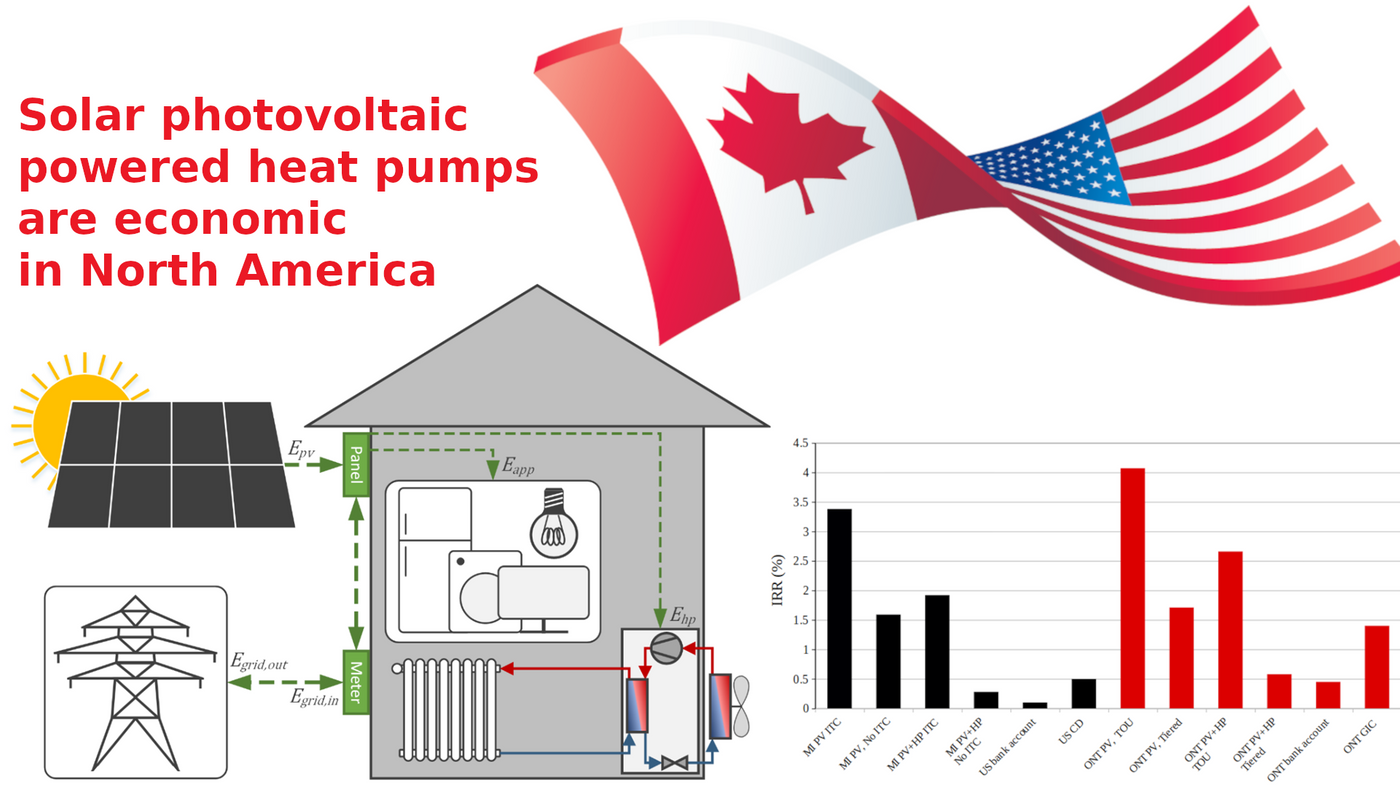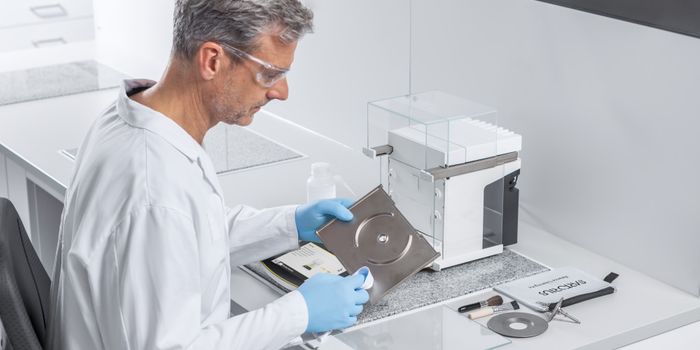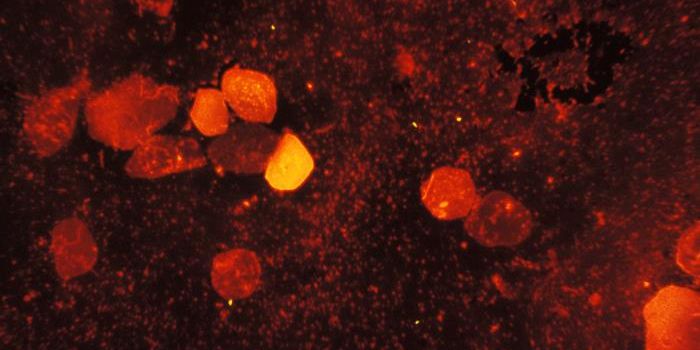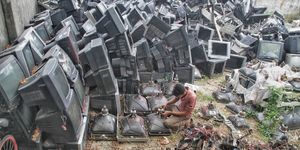How to Profit from Solar Power at Home
The cost of home solar photovoltaic (PV) systems have plummeted. Today nearly every household in North America will profit from installing solar power. For example, a recent study showed everyone in cold and cloudy Michigan would pay less for electricity by installing rooftop solar than continuing to buy it from the grid. Solar is no longer relegated to sunny California and Hawaii. These trends make it clear that installing PV is a profitable method to get green electricity, but if catastrophic climate change is to be avoided, carbon emissions from heating must also be cut. This has long been an issue in North America, because although natural gas is less polluting than burning oil or coal, it is still responsible for massive amounts of greenhouse gas emissions. In addition, the cost of natural gas is volatile and when the price goes up, many homeowners are financially stressed because living without heat is non-negotiable in many northern regions.
Fortunately, a new approach has surfaced in renewable heating that leverages the cost improvements in solar by using heat pumps. A heat pump basically operates like your refrigerator – electrical energy is used to move heat rather than generate it – and they are now incredibly efficient at heating homes. When you use cheap solar electricity to drive the heat pump you can make lower-cost heat for your home. We took a hard look at solar powered heat pumps in one of the most challenging areas of the U.S. The economic analysis used the same loads and climate, but with local electricity and natural gas rates for Sault Ste Marie, in both Ontario, Canada and northern Michigan. Ground-mounted, fixed-tilt, grid-tied PV systems were sized to match 100% of electric loads considering cases both with and without air source heat pumps for residences with natural gas-based heating. The results of this new study show that residents of both the northern U.S. and Canada can make money when they install solar powered heat pump systems. These systems are less expensive than buying natural gas, but the returns are lower than installing solar alone. Solar subsidizes the non-fossil fuel heating. The bottom line: if you have any money in CDs or a savings account you are better off investing in solar powered heat pumps. Residential photovoltaic systems and solar-powered heat pumps can be considered 25-year investments in financial security and environmental sustainability. Northern homeowners now have a clear and simple method to reduce their greenhouse gas emissions by making an investment that offers a higher internal rate of return than savings accounts, CDs and GICs in both countries.
This is great for anyone with savings, but what if you do not have a lot of capital to invest? One of the other advantages of solar photovoltaic systems are they are modular so you can build a system up literally one module at a time as you can afford it. Although solar gives you a deep discount, another way to avoid the sticker shock of buying all your electricity (and maybe heat) for 25 years up front is to do it yourself (DIY). DIY solar is surprisingly easy. If you are a little handy, you can cut the costs in about half by building your own systems. To Catch the Sun, a new book published by Humboldt University Press, guides you on exactly how to do it. It overflows with interesting stories of people from all over the world meeting their energy needs with small solar systems. To Catch the Sun is available for free electronically and you can get your copy here: http://tocatchthesun.com/
Article Written by Joshua Pearce, PhD.









